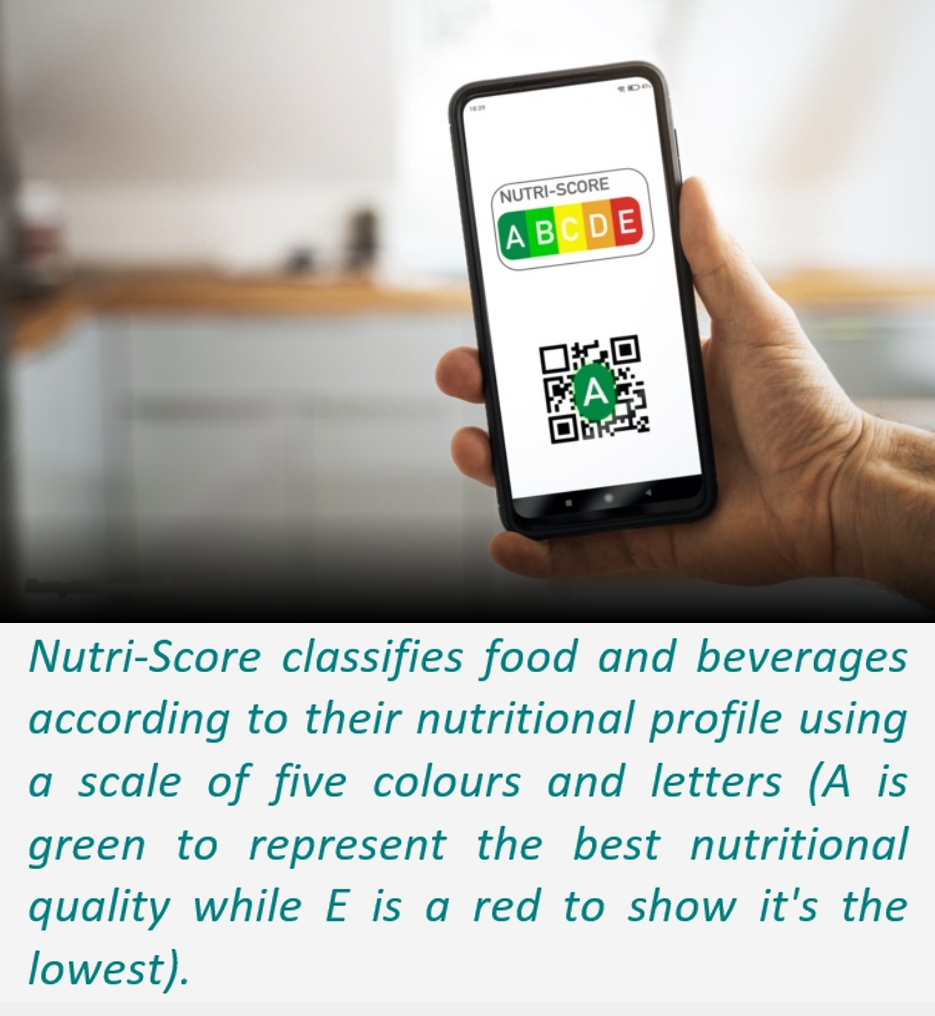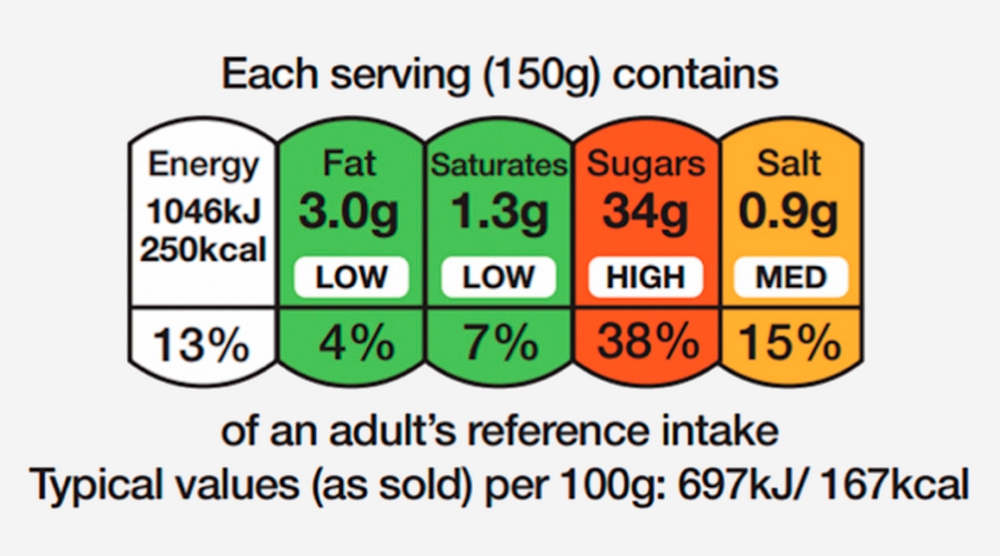Respect for your privacy is our priority
The cookie is a small information file stored in your browser each time you visit our web page.Cookies are useful because they record the history of your activity on our web page. Thus, when you return to the page, it identifies you and configures its content based on your browsing habits, your identity and your preferences.
You may accept cookies or refuse, block or delete cookies, at your convenience. To do this, you can choose from one of the options available on this window or even and if necessary, by configuring your browser.
If you refuse cookies, we can not guarantee the proper functioning of the various features of our web page.
For more information, please read the COOKIES INFORMATION section on our web page.


 The label has been officially recommended by health authorities in France, Germany, Belgium, Netherlands, Luxembourg and Spain, though individual countries will hold off making Nutri-Score compulsory until the EU, by the end of 2022, announces which mandatory FOP labelling scheme it plans to introduce.
The label has been officially recommended by health authorities in France, Germany, Belgium, Netherlands, Luxembourg and Spain, though individual countries will hold off making Nutri-Score compulsory until the EU, by the end of 2022, announces which mandatory FOP labelling scheme it plans to introduce.
 In response to criticism from some sectors, particularly the dairy industry, that certain nutrients are not sufficiently taken into account in the current algorithm, the creator of the Nutri-Score said that "the Nutri-Score formula has already been modified to take into account the specific characteristics of cheeses. According to the original formula, they were all classified as E because of their salt, fat and calorie content. We have updated the algorithm to take into account protein intake, especially because it allows consumers to absorb iron and calcium, which are nutrients that are beneficial to health. In changing the formula, the aim was not to satisfy the industry, but to avoid all products being considered in the same category, and therefore to facilitate consumer choice. As a result, today we have only 10% of cheeses in E, while most are in D and some in C.
In response to criticism from some sectors, particularly the dairy industry, that certain nutrients are not sufficiently taken into account in the current algorithm, the creator of the Nutri-Score said that "the Nutri-Score formula has already been modified to take into account the specific characteristics of cheeses. According to the original formula, they were all classified as E because of their salt, fat and calorie content. We have updated the algorithm to take into account protein intake, especially because it allows consumers to absorb iron and calcium, which are nutrients that are beneficial to health. In changing the formula, the aim was not to satisfy the industry, but to avoid all products being considered in the same category, and therefore to facilitate consumer choice. As a result, today we have only 10% of cheeses in E, while most are in D and some in C.


























